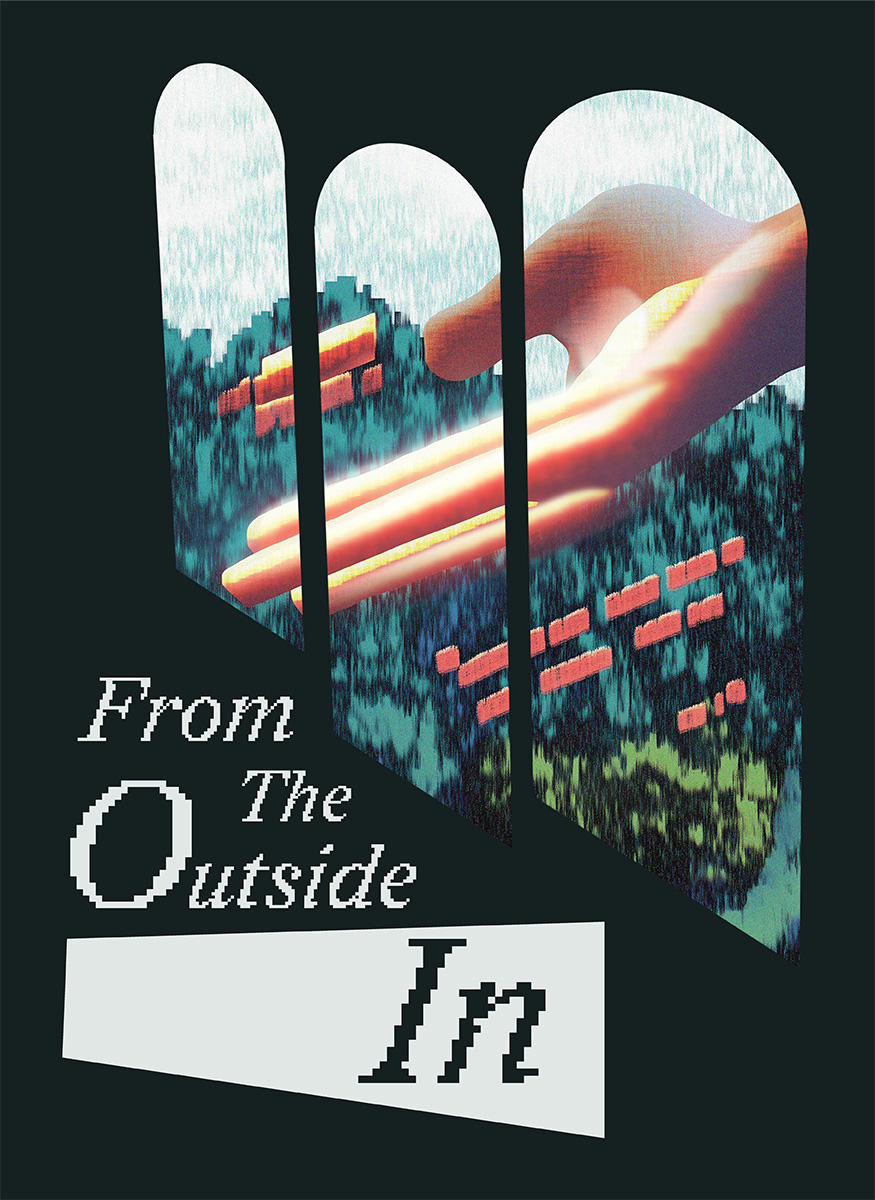Luna Lens Film Festival is a space for connection, celebration, and discussion of feminine creative power within Asian cinema. Showcasing independent and experimental feature and short films from Asian female and nonbinary filmmakers along with student submissions, workshops, and post-screening discussions, the festival aims to hold space for filmmakers and students to foster connections and share their stories—whether it be from the narratives in their films, their practices in the film industry, or their experiences in the world.




